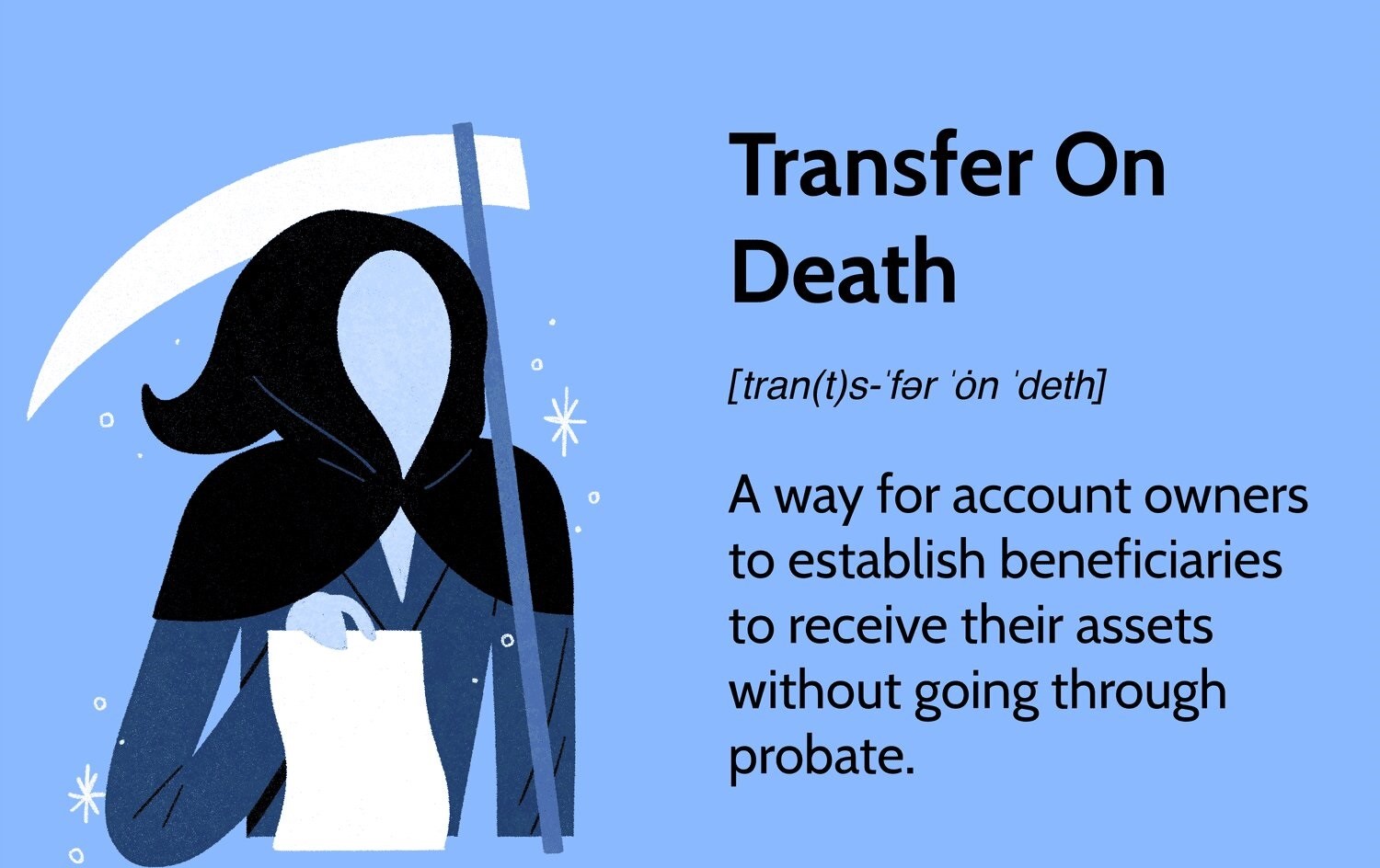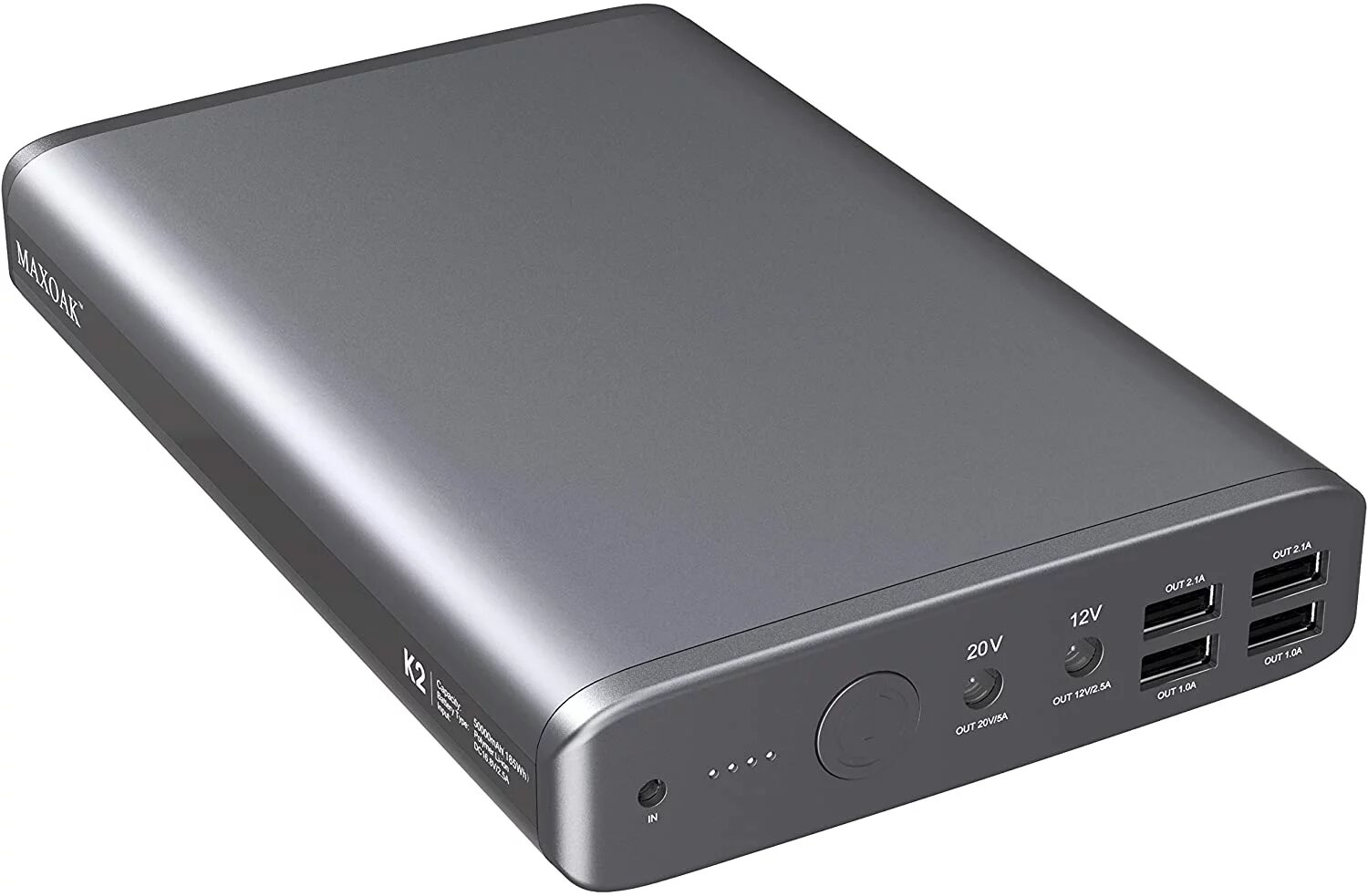Introduction
Welcome to the world of banking, where the landscape is constantly evolving to meet the needs of customers. One banking term that you may have come across is TOD, but what exactly does it mean? TOD stands for “Transfer on Death,” and it is an important feature in the realm of banking and finance.
Essentially, TOD is a designation that allows account owners to name a beneficiary who will receive the funds in their account upon their death. This feature provides individuals with the ability to designate how their assets will be distributed, maintaining control even after they have passed away.
With the ever-changing dynamics of the banking industry, it is important to stay informed about the various options available to safeguard your financial assets. Understanding the concept of TOD and how it functions is vital for effective estate planning and ensuring that your loved ones are taken care of in the future.
In this article, we will delve into the details of TOD, explore its benefits, and clarify any misconceptions surrounding it. So, whether you’re new to the banking world or looking to expand your financial knowledge, read on to discover the ins and outs of TOD in banking.
What is TOD?
Transfer on Death (TOD), as the name suggests, is a feature offered by financial institutions that allows account holders to designate a beneficiary who will receive the funds in their account upon their death. Essentially, it serves as a way to transfer ownership of assets without the need for probate court proceedings.
When an individual opens a bank account, they typically have the option to add a TOD beneficiary. This beneficiary can be designated for various types of accounts, including savings accounts, checking accounts, certificates of deposit, and even brokerage accounts. It’s important to note that not all financial institutions offer TOD options, so it’s essential to check with your bank or financial advisor.
Once a TOD beneficiary is designated, they have no legal claim or access to the funds in the account until the account owner passes away. At that point, the beneficiary needs to provide necessary documentation, such as a death certificate, to the financial institution to claim the assets.
One of the significant benefits of TOD is that it allows for a smooth transfer of assets without the need for probate. Probate is a legal process that can be time-consuming, costly, and public. By designating a TOD beneficiary, the assets can bypass probate and be directly transferred to the designated individual.
It’s important to note that TOD applies only to the assets held in the designated account. Any other assets, such as real estate, vehicles, or personal belongings, will still need to go through the probate process unless other estate planning strategies are in place.
Benefits of TOD in Banking
TOD provides several benefits for account holders, making it a valuable feature to consider when planning your estate. Let’s explore some of these advantages:
- Avoiding probate: One of the primary benefits of TOD is the ability to bypass the probate process. Probate can be a lengthy and costly legal procedure, involving court proceedings, attorney fees, and delays in distributing assets to beneficiaries. With TOD, the designated beneficiary can claim the assets directly, saving time and money.
- Privacy: Probate proceedings are typically public, meaning anyone can access information about your estate and assets. By using TOD, the transfer of assets is private and confidential, ensuring that the details of your financial matters remain discreet.
- Flexibility and control: Setting up a TOD beneficiary allows account owners to maintain control over their assets during their lifetime. They can change the beneficiary or revoke the designation altogether if their circumstances change, providing flexibility and the ability to adapt to evolving situations.
- Continuity: With TOD, the transfer of assets happens seamlessly upon the account holder’s death. This ensures continuity and uninterrupted access to funds for the designated beneficiary, thereby reducing financial stress during an already difficult time.
- Expedites estate settlement: By avoiding the probate process, TOD speeds up the distribution of assets to beneficiaries. This can be especially beneficial when immediate access to funds is necessary for the beneficiary’s financial well-being.
These benefits make TOD an attractive option for individuals looking to simplify their estate planning process and ensure a smooth transition of assets to their chosen beneficiaries.
How does TOD work?
Understanding how TOD works is essential for anyone considering this feature in their banking arrangements. Here’s a step-by-step explanation of how TOD operates:
- Account setup: When opening an eligible account, such as a savings account or brokerage account, account holders have the option to designate a TOD beneficiary. This can usually be done by completing a beneficiary designation form provided by the financial institution.
- Beneficiary designation: The account holder will need to provide the necessary information about the designated beneficiary, including their full name, contact information, and relationship to the account holder. It’s important to ensure all details are accurate and up to date.
- Review and confirmation: The financial institution will review the beneficiary designation and ensure all requirements are met. Once confirmed, the account holder will receive a confirmation notice acknowledging the TOD beneficiary designation.
- Ownership and access: Throughout the account holder’s lifetime, they maintain full ownership and control over their assets. The TOD beneficiary has no access or claim to the funds during this time.
- Transfer of assets: Upon the account holder’s death, the financial institution requires the beneficiary to submit the necessary documentation, such as a death certificate, to prove the account holder’s passing.
- Verification and distribution: The financial institution will verify the submitted documents and ensure the beneficiary’s identity and eligibility. Once confirmed, the assets in the account will be transferred to the designated beneficiary according to the account terms and conditions.
- Continued account management: After the transfer of assets, the beneficiary becomes the new account owner. They can choose to keep the account or make changes as needed, such as updating personal information or designating their own TOD beneficiary.
It’s important to note that TOD only applies to the specific account it is designated for. If an individual has multiple accounts, they may need to designate separate beneficiaries for each account.
Additionally, it is crucial to regularly review and update beneficiary designations to ensure they align with the account holder’s wishes and current circumstances.
Overall, TOD simplifies the asset transfer process, ensuring a smooth transition of funds to the designated beneficiary while maintaining control and flexibility for the account holder during their lifetime.
Differences between TOD and Joint Accounts
While TOD accounts and joint accounts both offer ways to designate beneficiaries and transfer assets, they have distinct differences that are important to understand. Let’s explore the key differences between TOD and joint accounts:
Ownership:
With a TOD account, the account holder maintains sole ownership and control over the assets during their lifetime. The beneficiary has no ownership rights or access to the funds until the account holder’s death. In contrast, joint accounts have multiple owners who have equal access and control over the funds in the account. Each joint account owner can deposit, withdraw, and manage the account independently.
Transfer of assets:
In a TOD account, the transfer of assets occurs upon the account holder’s death. The designated beneficiary will need to provide the necessary documentation to the financial institution to claim the assets. On the other hand, in a joint account, ownership of the assets transfers immediately. If one joint account owner passes away, the surviving owner(s) automatically assumes full ownership of the assets, without the need for additional documentation or legal processes.
Probate:
One of the significant advantages of TOD accounts is the ability to avoid probate. Upon the account holder’s death, the assets can directly pass to the designated beneficiary. This bypasses the probate process, saving time and money. In contrast, joint accounts also avoid probate, as ownership automatically transfers to the surviving account holder(s). However, when all joint account owners pass away, the assets may still be subject to probate unless alternate estate planning measures are in place.
Flexibility and control:
TOD accounts provide account holders with flexibility and control over their assets. They can change or revoke the beneficiary designation at any time during their lifetime. In contrast, joint accounts typically require the consent of all account owners to make changes. This can limit the control and flexibility of individual joint account owners.
Ownership rights:
In a TOD account, the beneficiary has no ownership rights or control over the assets during the account holder’s lifetime. They only gain access and ownership upon the account holder’s death. In joint accounts, all owners have equal rights and control over the assets during their lifetime.
It’s crucial to consider these differences when deciding between TOD accounts and joint accounts. The choice depends on individual preferences, estate planning goals, and the level of control desired over the assets.
Common Misconceptions about TOD
When it comes to Transfer on Death (TOD), there are several misconceptions that can lead to confusion and misunderstandings. Let’s address some of the common misconceptions about TOD:
Misconception 1: TOD is only for wealthy individuals.
While TOD may be associated with substantial wealth, it is a beneficial option for individuals of all financial backgrounds. TOD allows anyone to designate a beneficiary and transfer their assets smoothly, regardless of the size of their estate.
Misconception 2: TOD is the same as a will.
TOD and a will are separate estate planning tools. While a will outlines the distribution of assets and appoints guardianship for minor children, TOD designations occur outside of a will. TOD designations specifically transfer ownership of assets upon the account holder’s death, bypassing the probate process.
Misconception 3: TOD overrides a will.
TOD designations generally take precedence over instructions stated in a will for assets covered by the TOD designation. This is because TOD is a separate legal arrangement that supersedes the instructions outlined in a will. It’s important to regularly review and update both TOD designations and wills to ensure they align with your current wishes.
Misconception 4: TOD is irreversible.
Contrary to popular belief, TOD designations are not irreversible. Account holders can typically change or revoke their TOD beneficiary designations at any time during their lifetime. This provides flexibility to adapt to changes in personal circumstances or relationships.
Misconception 5: TOD is only for bank accounts.
While TOD is commonly associated with bank accounts, it can also be utilized for other assets such as brokerage accounts, certificates of deposit, and even vehicles. TOD designations are specific to each account or asset and offer a flexible and convenient way to ensure the smooth transfer of ownership.
Misconception 6: TOD is the same as joint tenancy.
TOD and joint tenancy are different forms of asset ownership and transfer. TOD designates a specific beneficiary who will receive the assets upon the account holder’s death. Joint tenancy involves co-ownership with the right of survivorship, where the surviving joint tenant automatically receives full ownership of the property upon the death of the other tenant.
By dispelling these misconceptions, individuals can have a clearer understanding of how TOD works and make informed decisions when it comes to their estate planning.
Tips for Using TOD Effectively
Using Transfer on Death (TOD) effectively can ensure a smooth and efficient transfer of assets to your designated beneficiary. Here are some tips to consider when utilizing TOD:
- Regularly review and update beneficiary designations: Life circumstances can change, including relationships, family dynamics, and personal preferences. It’s important to review and update your TOD beneficiary designations whenever necessary to ensure they align with your current wishes.
- Provide accurate beneficiary information: When designating a TOD beneficiary, ensure that you provide accurate and up-to-date information. This includes their full name, contact details, and relationship to you. Providing accurate information will reduce the chances of any complications when it comes time to transfer the assets.
- Consider multiple beneficiaries: Depending on your situation and goals, you may want to designate multiple TOD beneficiaries. This can be helpful if you want to divide the assets among multiple individuals or if you have complex family structures. Be clear about how the assets should be distributed between the beneficiaries to avoid any misunderstandings or conflicts.
- Communicate your intentions: While not required, it can be beneficial to communicate with your designated TOD beneficiaries about your intentions and the existence of the TOD designations. This ensures that they are aware of the assets they may receive and can be prepared to provide the necessary documentation when the time comes.
- Coordinate TOD designations with other estate planning documents: TOD designations are an essential part of your overall estate planning strategy. Coordinate your TOD designations with other estate planning documents, such as a will or trust, to ensure that your wishes are comprehensive and well-coordinated.
- Consult with a professional advisor: Estate planning can be complex, and it’s crucial to obtain professional guidance. Consider consulting with an estate planning attorney or financial advisor who can provide personalized advice based on your specific circumstances and goals.
By following these tips, you can use TOD effectively to ensure your assets are transferred smoothly and according to your wishes. Regular review, accurate information, effective communication, and professional guidance will contribute to a well-executed TOD strategy.
Conclusion
Transfer on Death (TOD) is a powerful tool in banking that allows individuals to designate beneficiaries to receive their assets upon their death. It provides numerous benefits such as avoiding probate, maintaining privacy, and offering flexibility and control over asset distribution. Understanding how TOD works and dispelling common misconceptions is crucial in maximizing its effectiveness.
By taking advantage of TOD, individuals can simplify their estate planning process and ensure a seamless transfer of assets to their chosen beneficiaries. Regularly reviewing and updating beneficiary designations, providing accurate information, and coordinating TOD with other estate planning documents are key factors in maximizing the benefits of TOD. Additionally, seeking professional advice can provide valuable insights and ensure that your estate planning strategy aligns with your specific needs and goals.
As the banking industry continues to evolve, it is essential to stay informed about the various options available to protect and distribute your assets. TOD is just one of many tools at your disposal, and understanding its benefits and intricacies empowers you to make informed decisions about your financial future.
So, whether you are a seasoned banking customer or new to the world of finance, exploring the possibilities of TOD can be a valuable step towards securing your assets and providing for your loved ones.

























